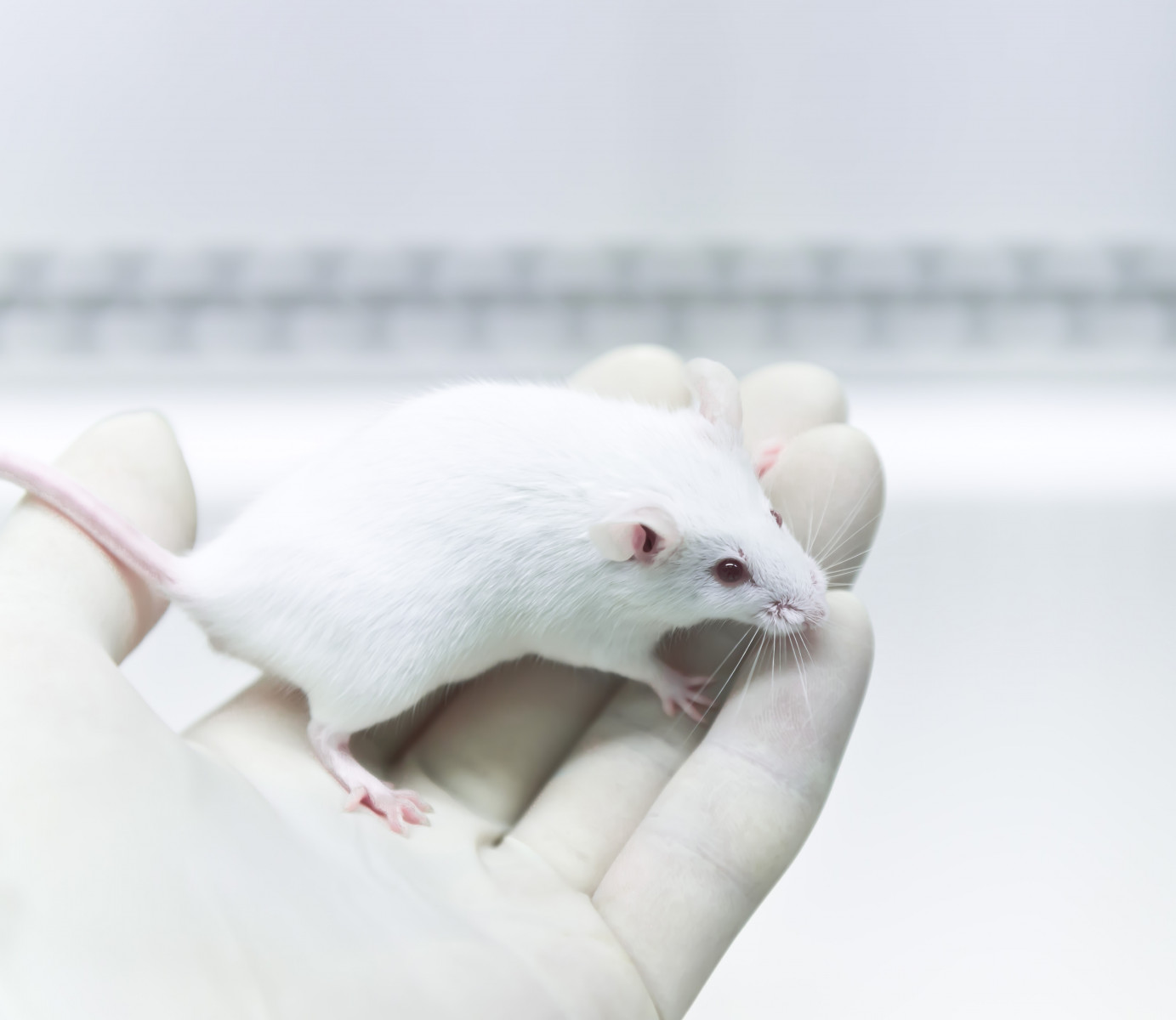Alternatives to Opioids Seen to Ease Pain, Raise Serotonin Levels in Early Study
Written by |

A good diet and companionship, or treatment with an antidepressant called duloxetine was seen to significantly lessen pain in a mouse model of sickle cell disease (SCD), a study reports.
Notably, each intervention was associated with higher levels in the animals of serotonin, a brain chemical messenger involved in stabilizing mood, feelings of well-being, and happiness.
These findings suggest that serotonin-boosting approaches, either psychosocial ones that rely on enriched nutrition and relationships or pharmacological ones involving medicines such as duloxetine, may help to ease chronic pain in people with SCD.
Studies are needed confirm these results in SCD patients, particularly clinical trials to evaluate duloxetine as an alternative to opioids for pain relief, the researchers noted.
“By suggesting a safe alternative to opioids for pain control, the findings of this study have the potential to change the practice of pain management and save lives,” Rajendra Badgaiyan, MD, a study author and, at the time of its publication, a professor of psychiatry at the University of Minnesota, said in a press release.
He is now the chief of psychiatry at South Texas Veteran Health Care System, and a professor of psychiatry at the University of Texas Health Science Center in San Antonio.
The study, “Diet and companionship modulate pain via a serotonergic mechanism,” was published in the journal Scientific Reports.
Chronic pain is a common and disabling complication of SCD, with about one-third of SCD patients reporting daily pain and 50% having symptoms that meet a diagnosis of chronic pain syndrome.
While opioids have been the treatment of choice for managing pain, opioid addiction is a major health concern worldwide and considered a public health crisis in the U.S.
As such, increasing efforts are focused on developing and evaluating safe, non-addictive opioid alternatives for chronic pain in SCD patients.
Several studies have shown that a person’s psychologic state “significantly alters pain perception and response to analgesics [pain killers],” and that psychological interventions “are effective in controlling and even abolishing persistent pain,” the researchers wrote.
“Part of pain is perception,” said Kalpna Gupta, PhD, the study’s senior author and a professor of medicine at University of California, Irvine’s Center for the Study of Cannabis.
“For instance, if I start watching a comedy, suddenly I might forget that I was hurting; mood and a feeling of well-being block pain from being perceived,” Gupta added.
This prompted Gupta, with researchers at the University of Minnesota and the Northwestern University, to assess whether psychosocial enrichment could be an alternative for treating chronic pain.
The team first evaluated the effects of an enriched diet and/or female companionship on pain levels in a male mouse model of SCD with increased sensitivity to pain, or hyperalgesia. The enriched diet was designed to better meet the nutritional requirements of these mice.
Pain was measured according to the frequency with which they lifted their paws in response to mechanical or thermal (heat or cold) stimuli, and by their grip force (musculoskeletal hyperalgesia).
Results showed that three weeks of either intervention or a combination of the two significantly reduced mechanical and thermal hyperalgesia in these mice, compared with no intervention (regular diet and no female companion). Withdrawal of both interventions also reversed gains seen in pain relief.
The beneficial effects of each intervention were found to be associated with rising levels of serotonin in the mice’s spinal cord, particularly in a region involved in pain modulation.
“Since higher [serotonin] concentration is associated with elevated mood, it appears that the positive mood induced by the [enriched diet] and companionship increased [serotonin] production which in turn induced analgesia,” the researchers wrote.
Based on these data, the researchers evaluated whether a serotonin-boosting pharmacological strategy could also ease pain in these mice. They used duloxetine, an antidepressant that works by raising the amount of serotonin in the brain and that showed promising pain-relieving effects in people with knee pain due to arthritis.
Duloxetine treatment led to significant drops in thermal and musculoskeletal hyperalgesia in both male and female mice fed a regular diet and housed without a companion. Notably, no signs of decreasing effectiveness (tolerance) with long-term treatment was reported, in contrast with lengthier opioid use.
A combination of enriched diet and companionship also increased the effectiveness of a sub-optimal dose of morphine in these mice, suggesting that opioid doses could be lowered without pharmacological interventions.
These findings highlight that building strong relationships and improving nutrition may stimulate serotonin production in SCD patients, and reducing their pain and opioid use. Duloxetine may also be an effective, easier-to-obtain alternative to opioids “without causing addiction and tolerance,” the researchers wrote.
“Finding safe and effective alternatives to opioids is a research priority, especially for patients with sickle cell disease,” said Keith Hoots, MD, the director of the division of blood diseases and resources at the National Heart, Lung, and Blood Institute.
“It’s encouraging to see a dose-response relationship to nutrients and companions in mice, which guides future research about the role foods and friends may have in helping humans manage chronic pain,” Hoots added.
Since the ongoing COVID-19 pandemic can challenge relationship-building and proper nutrition given it impact on employment, Gupta emphasized the importance of finding ways to improve social interaction and diet in people with SCD and other pain-associated conditions.





